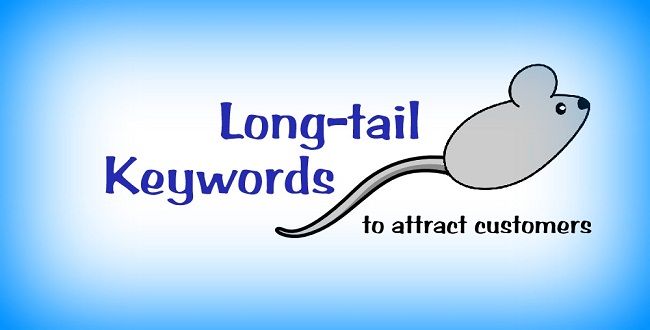Because a buyer that searches with long-tail keywords wants very specific information, you cannot offer them vaguely related information and hope to score. The moment such a user lands on your site, they should know for certain that you have exactly what they want. Here are three ways to make this happen:
- Unique landing pages
For every long-tail keyword that you are targeting, have a landing page building around that same problem statement. State the long-tail keyword as it is, but also include its variants where they fit, for instance by using their synonyms. Ensure that other keywords used are directly related to the initial search term.
Search engine crawlers, especially for Google, favor sites that have more relevant pages; therefore by increasing your number of pages, you will improve your ranking and attract higher traffic.
- On-page optimization
Apart from creating specific/unique landing pages, ensure that all elements of the landing page have been SEO-optimized. This means going behind the scenes and ensuring that you have optimized your title tags, Meta descriptions, headers as well as alternative text for images on the page. Also, choose an appropriate title for the page, one that brings together the different aspects of the long-tail cluster.
To know which keywords to use for the title tag, search for the three top results in each cluster over a period of 24 hours (using a keyword research tool). These are the ones to use for the title tag. Ensure that phrases fit naturally wherever they appear, and ensure that you don’t have duplicate content in order to increase chances of landing at the top of organic searches.
- Mix it up
Even if your focus is on long-tail clusters, short-tail keywords are essential, therefore don’t leave them out. Using the short-tail keywords, you’ll attract higher volumes of traffic, and you can ask for their email addresses to furnish them with important information about your products and services.
You can also use short keywords to establish your brand identity right from the start of potential customers’ buying cycle. When they advance to later stages, they will be more likely to select your brand. Your priority shouldn’t be to get to the top, although you must try as much as you can, but rather to be as close as possible to the top.
Short keywords attract traffic while long keywords connect your brand with your niche market.

